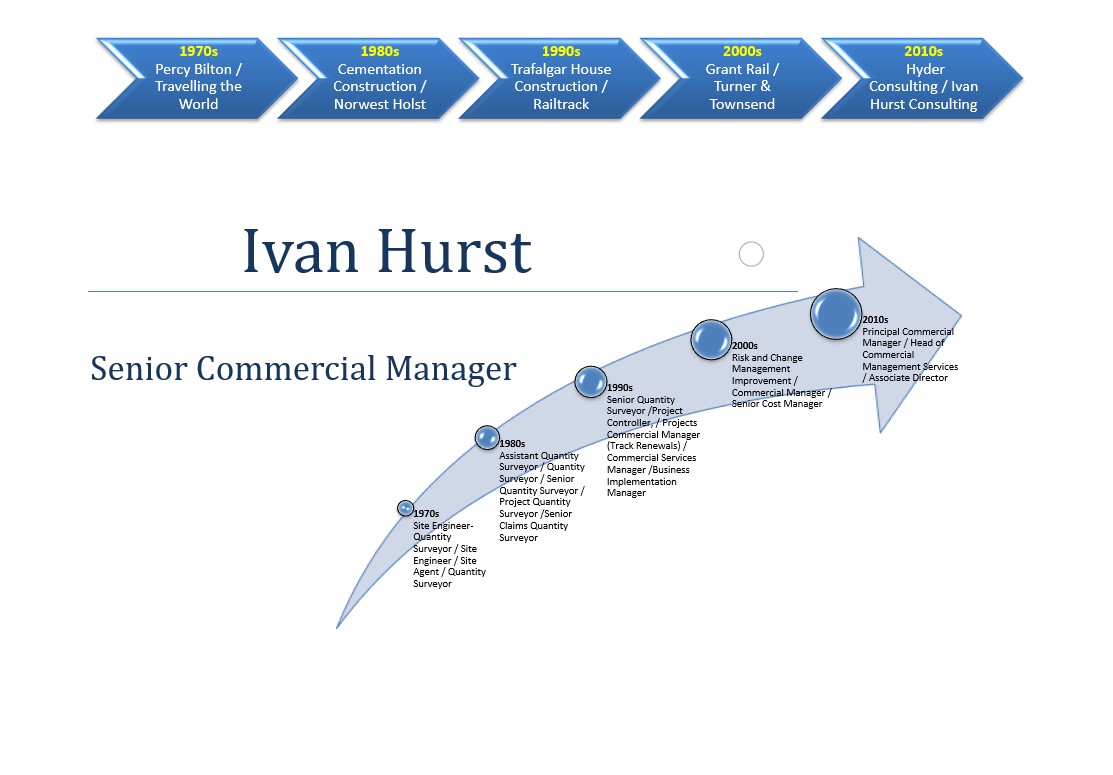BIM: Engage with the supply chain
[Published in Civil Engineering Surveyor (CES) on July/August 2014]
Previously I have discussed
- ‘Is BIM bigger than Latham?, - Information flow, management and modelling; Parts 1, 2, & 3’,
- ’BIM – Where does rail fit in?’,
- ‘BIM: The first teetering steps’ and
- ‘BIM and BIG’
Within ‘BIM: The first teetering steps’ there was mention of forming a ‘club’. This was part of the engagement with the supply chain. This engagement now needs to widen. The ripple has to travel further to more people. Throw in a bigger stone.
It starts with discussing BIM, its implementation and the implications with individual design houses. However, this has limitations in respect of time, rate of spreading the ripple, and the impact of collaborative change.
Instead of one at a time, a better more collaborative approach is to have a supplier forum. The ‘club’ includes Surveyor, Designer, and Contractor as part of the supply chain. This is a reasonable consist for the supplier forum. Initially look to the supply chain to express an interest in attending a forum about BIM in each of the disciplines, perhaps starting with the design houses.
Natural reticence, commercial advantage
It is to be expected that such a group of companies, sharing the same service offering, to the same client, with a finite amount of available work, would have a natural reticence to talk openly about BIM and thereby potentially lose some commercial advantage. However, the converse is true. The ability and willingness to share ideas and good practice with their competitors and their client is demonstrating behaviour to be valued. The client, even an informed client, although accepted as being the driving force and leader for the implementation of BIM, is not the sole source of good ideas and experience. The supply chain has a lot to offer and the client should take advantage of this in a collaborative manner within the constraints of having an enterprise wide common data environment and an asset based backbone for the information stack to be built around.
A collection of good minds, working together generally produces a better result than a single good mind working in isolation. The overall vision has to be maintained but the steps, and the detail is subject to flux.
After successfully completing a number of meetings with the separate disciplines it is time to go for the leap to the next horizon, bring all the disciplines together under the same roof. You will remember that our BIM strategy includes the concept that everyone involved gets a benefit. To understand how this can be achieved it is best to bring all the players together. The individually developed BIM solutions can then be tested and refined by the whole cast. If you go to the theatre the play generally is better with the cast interacting together, albeit in some films they do manage to construct a finished product with some cast members being in different parts of the world, but with a degree of difficulty.
If that is the end game why not start with everybody together? That is relatively simple to answer. It will be sufficiently difficult to get an open conversation and a consensus of opinion with a group of individual discipline companies. Starting together will make the whole process exponentially more difficult and time consuming.
Even approaching it separately as described is not without its difficulties, and is not guaranteed to be a universal success.
Not just BIM
The supply forums should not be limited just to BIM.
Part of our BIM strategy includes requirements management, possibly in a software product called DOORS. Having a clearly defined output, such as capacity enhancement, which is in turn linked to explicit requirements and deliverables, creates a clear scope. This is an important success factor for any project, including a BIM project.
Having a set of individual requirements in a set system allows for the supply chain to verify and validate the fulfilment of those individual requirements. If all of the individual requirements are met, and they properly link to the output, then it is self-evident that the project should be considered complete.
There appears to be an appetite within the supply chain for progressive self-assurance. This links well with the adoption of BIM and requirements management. When you board a plane, or a plane manufacture bolts a Rolls Royce engine to his plane, you don’t take the engine apart to check that it has been designed and built correctly. Equally true when you buy a new car. We should use the benefits of BIM implementation to move towards a more factory type construction model. One of the long held comments about infrastructure construction is that each project is unique, unlike house building or factory manufacture. However, with BIM you have the opportunity to build the project several times, in a virtual environment, until you are happy you can build the project safely, right first time. This provides significant efficiencies and cost savings that far outweigh the investment and time spent.
More from BIM at the start
We should not consider BIM to be something that starts towards the end of the design process, using traditional tools to begin the project. BIM should start life as the project is conceived. A high level concept project, with a high level BIM model, including time, cost and carbon. That way, as the project develops and inevitably changes, the model changes in detail and in scope, recording all of the changes as it progresses. With discipline all of the reasons for change can also be recorded. Particularly safe by design decisions.
By including time (time impacts cost) and cost an estimate of the anticipated final cost (AFC) can be maintained throughout the development of the project. This should obviously include an appreciation into whole life cost impact of the project. Thereby maintaining a near real time review of return on investment (ROI) and impact on business case (BC), and on affordability and efficiency. The affordability and efficiency being measured against benchmarking information. Design to a budget.
Consider a designer is given a loose brief to design a new station. Funding is primarily from an external source dependent upon successful land release for subsequent development. The designer interprets the loose brief and designs a high tech, green, potentially award winning station. The drawings are given to the QS team once all of the drawings are approved, several months after design commenced. Weeks later the project team are advised that the estimated cost of the station is £40m. This causes a considerable amount of ‘discussion’. Subsequently, it becomes apparent that there is only £20m in the budget for the station. Accordingly, the design is completely reworked before being submitted for approval again. Then back to the QS team for re-pricing. Even assuming that the budget was achieved in one iteration, it still amounts to over a year in delays and considerable cost and inefficiency. All of this could have been avoided by designing to a budget as described above.
This technique would eradicate the inefficiencies of design, approve and estimate as firmly sequential activities.
For some companies this will involve a change to their business model. There are not many manufactures of steam traction engines, or three wheel cars, or turbo-prop by-plane passenger aeroplanes. The list goes on, we must all change with the times, or fade.
No prize
There should not be an intrinsic prize at the end of this process. No promise of work or inclusion in an approved list, or non-inclusion. Doing so would inevitably change behaviours and revert to the more natural completion between competitors, thereby degrading the collaboration effort.
There is of course the real prize of a massively improved industry, working together, effectively, efficiently, and importantly, collaboratively. This will manifest itself in the realisation of the benefits of BIM. Everybody’s a winner. As long as you get on board of course!
BIM and BIG
This applies to any part of the infrastructure construction industry, where there is a network of assets to be maintained in the long term. The road network, the rail network, water and waste pipes and drains, and gas and electrical transmission grids. The individual interventions accumulate into a huge information stack over time and you start to get statistical data on really important information such as asset degradation curves, asset performance curves, and mean time between failures. Such rich digital data complements the concept of risk based inspection and maintenance, where inspection frequency increases as the assets predicted end of life approaches, allowing the asset to be replaced in a planned intervention at an appropriate time. All as outlined in BIM and BIG.
















